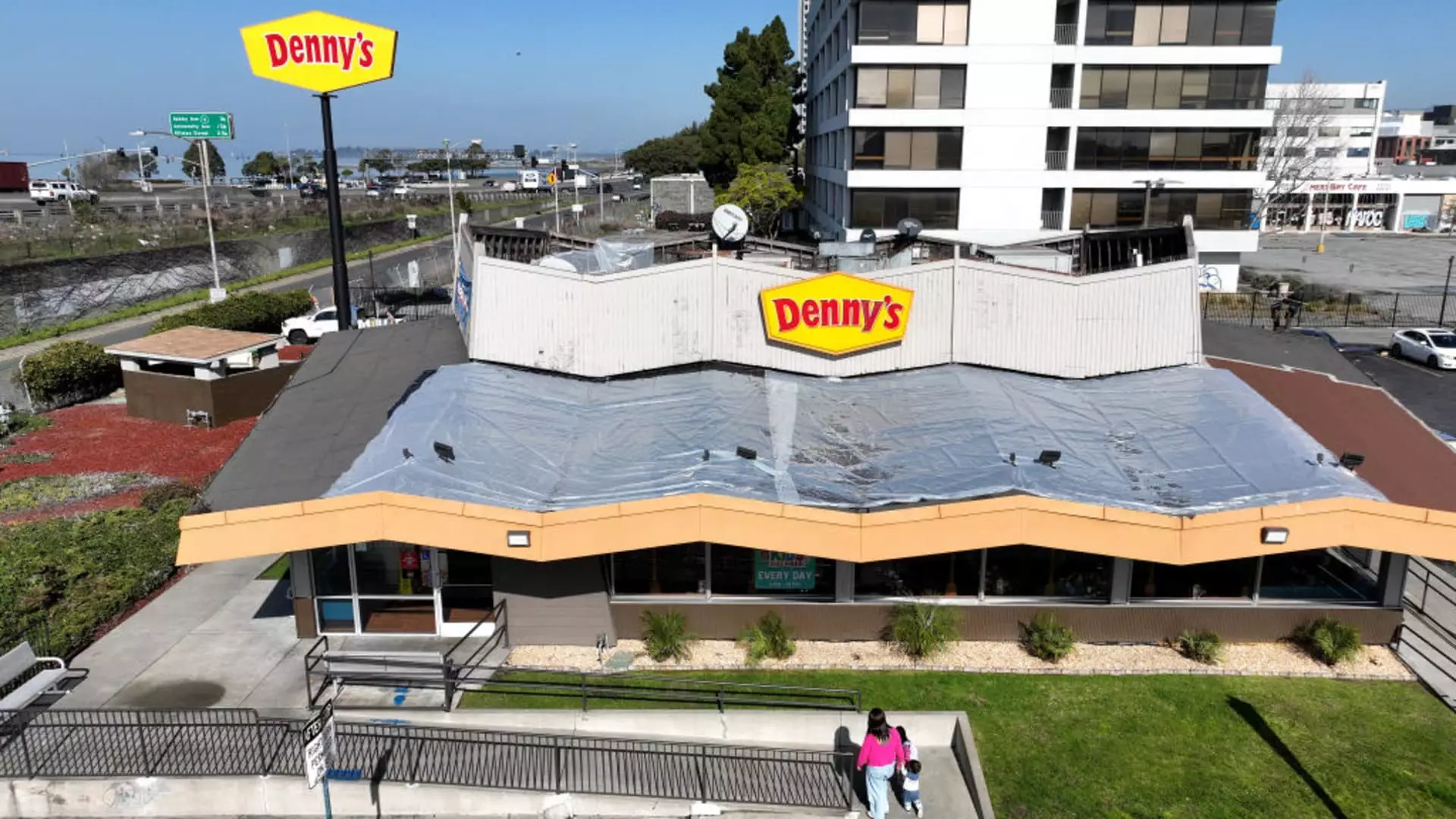The restaurant industry faced unprecedented challenges in 2024, resulting in a wave of closures as chains struggled to adapt to changing consumer behaviors, heightened inflation, and an increasingly competitive landscape. The decline in spending and the shift in dining preferences have left many traditional establishments grappling for survival, while some have opted to close less profitable locations in an effort to streamline operations and refocus their strategies.
In 2024, consumer behavior reflects an increasing wariness towards dining out. Economic pressures, primarily driven by persistent inflation, caused consumers to shift their patterns, becoming more selective about their restaurant spending. According to data from Black Box Intelligence, the first ten months of the year saw a notable decline in restaurant visits, marking a stark contrast to previous years when dining out was seen as a staple for many. As diners sought value and discounts, the result was reduced overall spending in the industry, leading to disappointing sales figures.
With this critical environment for restaurants, many companies found themselves at a crossroads, with some defining a future hinged upon the closure of underperforming units. The broad hesitation among consumers to spend has driven a deeper examination into restaurant operations and profitability, prompting several large chains to reevaluate their business models.
Bankruptcies and Closures: A Grim Reality
The ramifications of the downturn in restaurant spending were painfully evident in the increasing number of bankruptcies. In 2024, 26 restaurant companies filed for Chapter 11 bankruptcy protection – a striking increase from just 9 companies in 2020, during the peak of the pandemic. This alarming trend signals a continuing instability within the restaurant sector, with casual dining chains facing the brunt of this crisis.
Executives at these struggling companies have cited various reasons for their struggles: evolving consumer preferences favoring fast-casual dining, rising operational costs, and difficulty in maintaining customer loyalty. The once-bustling casual dining scene has now dwindled, with chains that once thrived facing closures or bankruptcy.
A Closer Look at Industry Giants
Major players including Wendy’s, Applebee’s, and Denny’s were not immune to the pressures of 2024. Wendy’s announced plans to close 140 underperforming locations, further than the 80 closures earlier in the year. The company’s CEO expressed optimism about maintaining overall unit count via new openings, but this reflects a challenging balancing act within the industry.
Similarly, Applebee’s, under Dine Brands, has struggled significantly, reporting declining same-store sales for six consecutive quarters. The brand plans to close 25 to 35 U.S. locations, highlighting a broader trend within the casual dining sector to shutter legacy locations and adapt to shifting market dynamics.
Denny’s also faced its own set of challenges, including plans to close approximately 50 locations in 2024, while signaling that performance would improve after these underperforming restaurants were shuttered. The chain’s executives maintain that strategic closures are essential to improve sales metrics and unit volumes in the future.
The wave of bankruptcies and closures has not been limited to traditional chains; even iconic brands like TGI Fridays and Red Lobster have faced drastic measures. TGI Fridays filed for bankruptcy after closing 86 restaurants in the lead-up to its Chapter 11 filing. Meanwhile, Red Lobster exited bankruptcy with a new CEO and ownership but had already closed over 120 locations, leaving its future uncertain while it seeks revitalization efforts.
It is clear that many of these brands are in dire need of an overhaul, whether by revamping their menus or redefining their customer experiences. Fast-casual chains, such as Noodles & Company, announced closures as part of a broader strategic review to enhance operations after experiencing declining same-store sales.
The Path Forward: Hope Amidst Challenges
Despite the stormy year that 2024 presented, opportunity still exists for the industry. Many companies are focusing on strategic growth, menu innovation, and revamping customer engagement. As diners prioritize both quality and convenience, there is a chance for brands to reestablish their foothold by appealing to current trends, particularly those appreciating fresh, locally sourced options.
Overall, the restaurant industry must navigate these turbulent waters with agility and foresight, learning from past missteps while focusing on sustainable growth pathways. Only time will tell how these enduring establishments evolve in response to an ever-changing culinary landscape.

